|
Spring is definitely here! We are seeing more nesting, as well as birds in migration. Luke Safford's Audubon walks at the wetlands begin at 7 am Wednesday mornings, just as the sun has risen, and bird activity begins. On the 22nd we spotted this Yellow Warbler, singing like crazy on a high branch, making for a great photo-op. Good location, good light. The males have red/chesnut streaking on the breast, which we can see on some of the images. I am assuming this is a male, but not with full coloration yet. For a good site on Warblers in general, with a nice listing of all Warblers in North America, see Classic Collection of North American Birds (CCNAB). Early in the walk a small flock of large birds flew overhead, and I was able to capture the two images below. We concluded that these were Double-crested Cormorants, which may be gray to black, with or without crests. Double-crested Cormorants are larger birds than the more common (in Tucson) Neotropic Cormorant, with different markings. The Neotropic Cormorant (images below) is smaller, and the yellow skin behind the bill comes to a point that is separated from the neck with a white line. For a good description of this difference and excellent photos, see Tom Grey's entry on the Neotropic Cormorant. The images of the Neotropic Cormorant below are among literally hundreds I captured at Reid Park on February 13th. There were many birds at the pond, resting, taking off and landing, making for great photo-ops in the morning sun. The white marking behind the bill is evident. Red-winged Blackbirds are common throughout Southeastern Arizona. On the 22nd this male was in "Song Spread" display, defending his territory from other males, and attracting females. This was a very noisy bird! Red-winged Blackbirds will hang out with other blackbirds, as well as close cousins, as can be seen in this series of images captured at Bosque del Apache in January of 2016. What appeared to be a pile of leaves next to a resting Sandhill Crane at dawn turned into a mosaic of birds taking off all at once. The image below is a cropped version of the image above. For sure we can see Red-winged Blackbirds as well as Yellow-headed Blackbirds. Early on our walk on 22nd a small contingent of birders who were taking up the rear spotted a bird jumping and climbing around among the leaves. As I recall, several species were offered as the "bird-ID". Based on these photos this looks like a Plumbeous Vireo. Tucson is in their summer breeding range. This bird may have recently arrived from winter vacation in Mexico. On one of the ponds we spotted several Northern Shoveler, a dabbling duck with a long spoon shaped bill with comb-like projections at the end of the bill that facilitates filter-feeding. Below for reference are two Shovelers in flight at Whitewater Draw in December of 2015. The next image was captured on March 22nd on one of the ponds at SW Wetlands. We can see the end of the bill as the duck scratches with his right foot. The image that follows shows the projections on the end of the bill, put into relief by the duck's white neck and breast. At the end of the walk, Dorothy and I were heading for the parking lot and spotted an Abert's Towhee taking his morning bath. For reference, the image below shows the bird as seen on Jeff Babson's Thursday morning walk at Agua Caliente on March 9th of this year. All dressed up and ready to sing! In contrast, below are the images from March 22nd at SW Wetlands, proving that these birds do care about bathing! Wet or dry, Abert's Towhee is a very large sparrow that lives in the Sonoran Desert along riparian corridors. These birds have a plain brown body with a black face, are secretive and can be hard to spot. That's it for now! Stay tuned - lots of bird activity this spring!
0 Comments
Leave a Reply. |
AuthorHenry Johnson, photographer and author of this site. For more detail, see About
Categories
All
Archives
July 2024
|





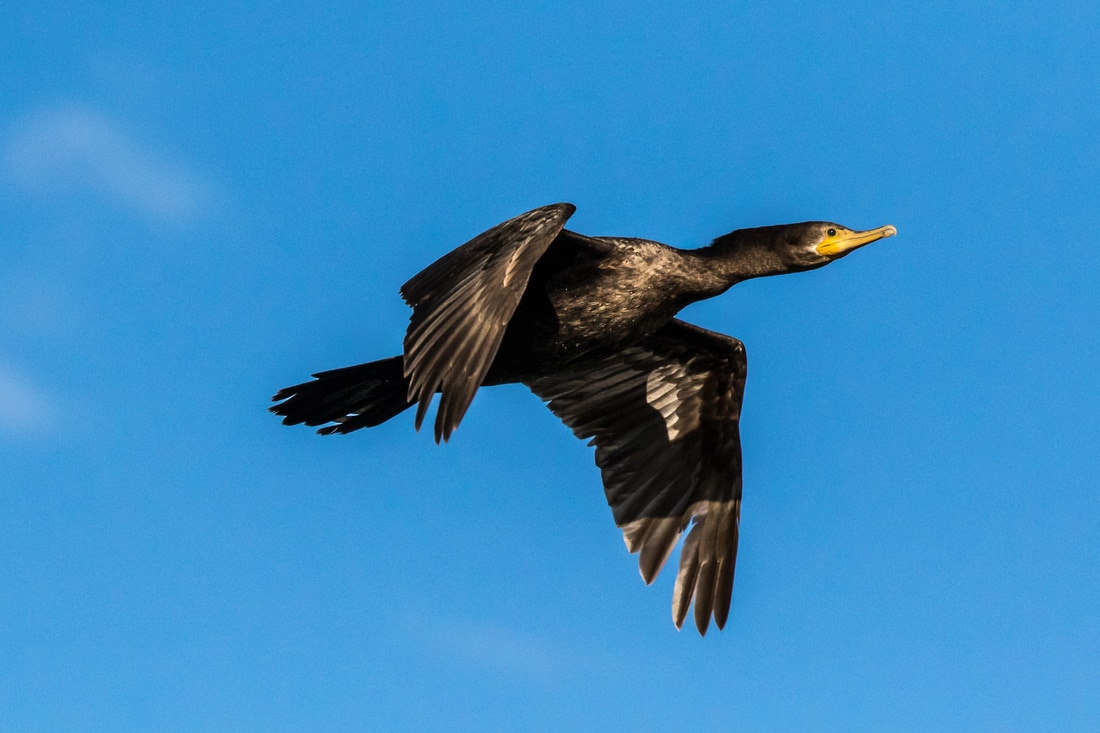

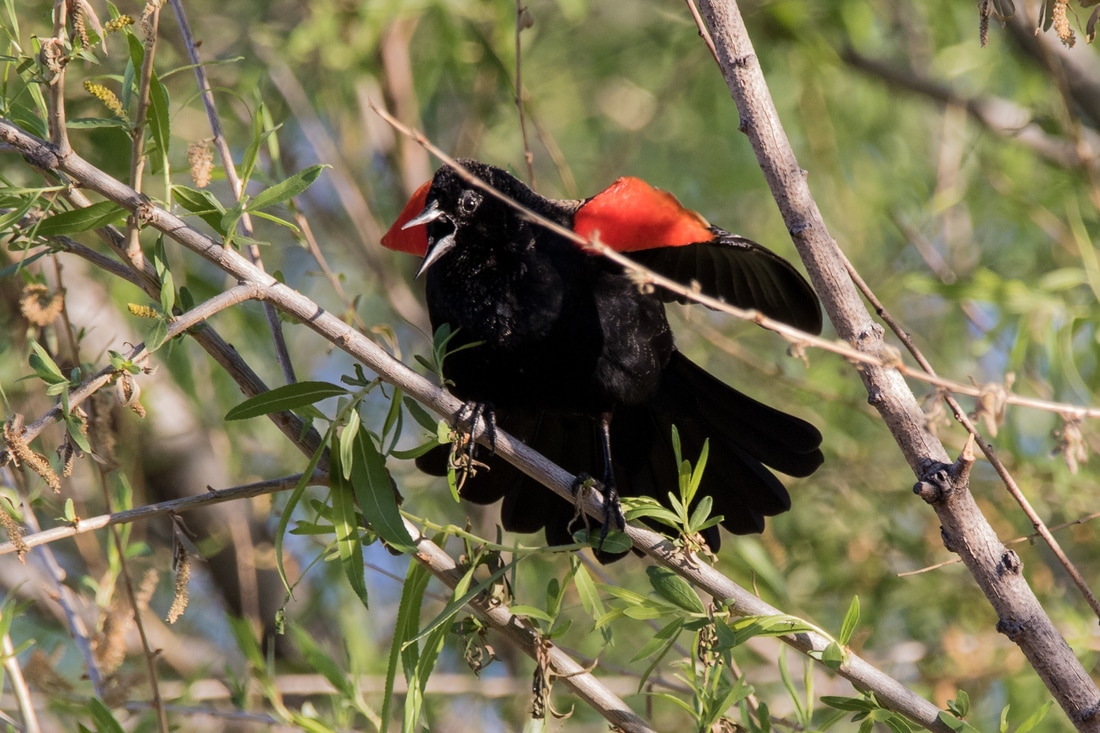







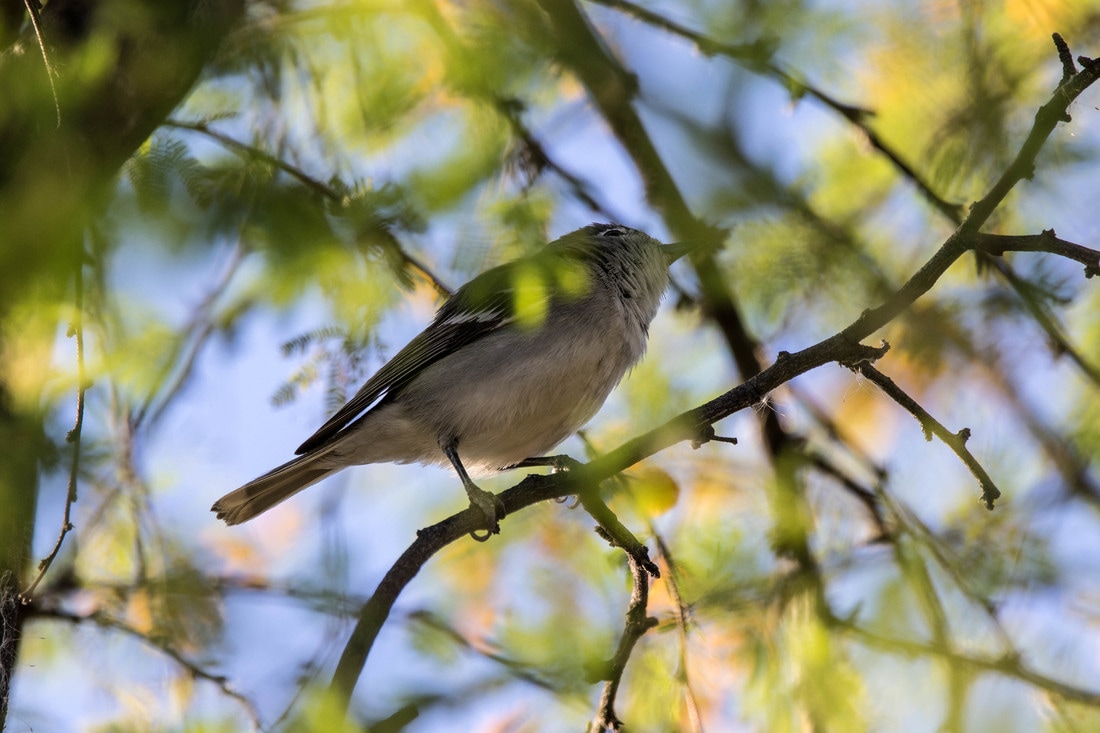
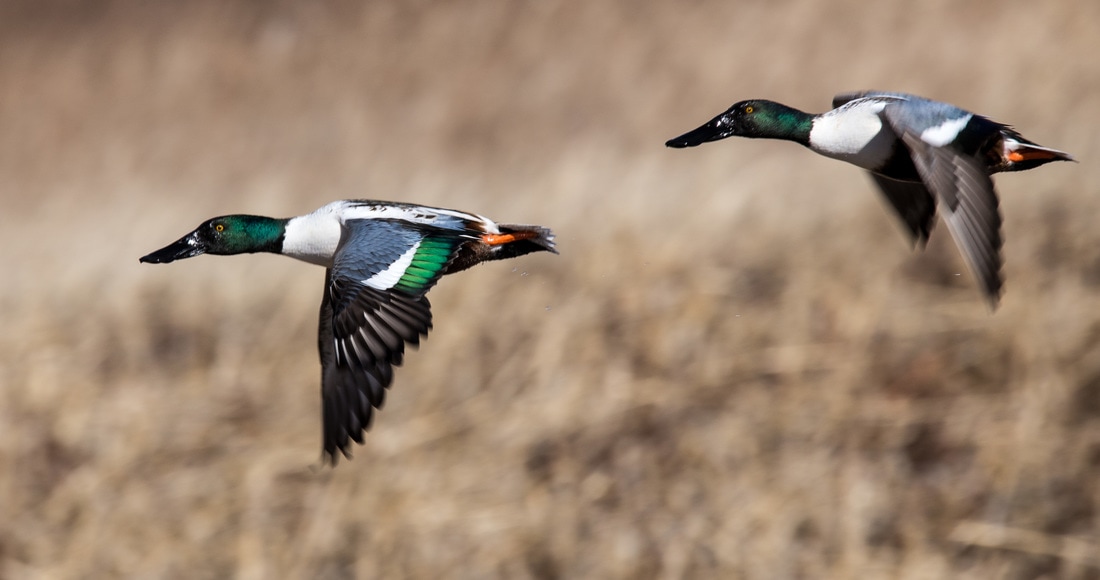



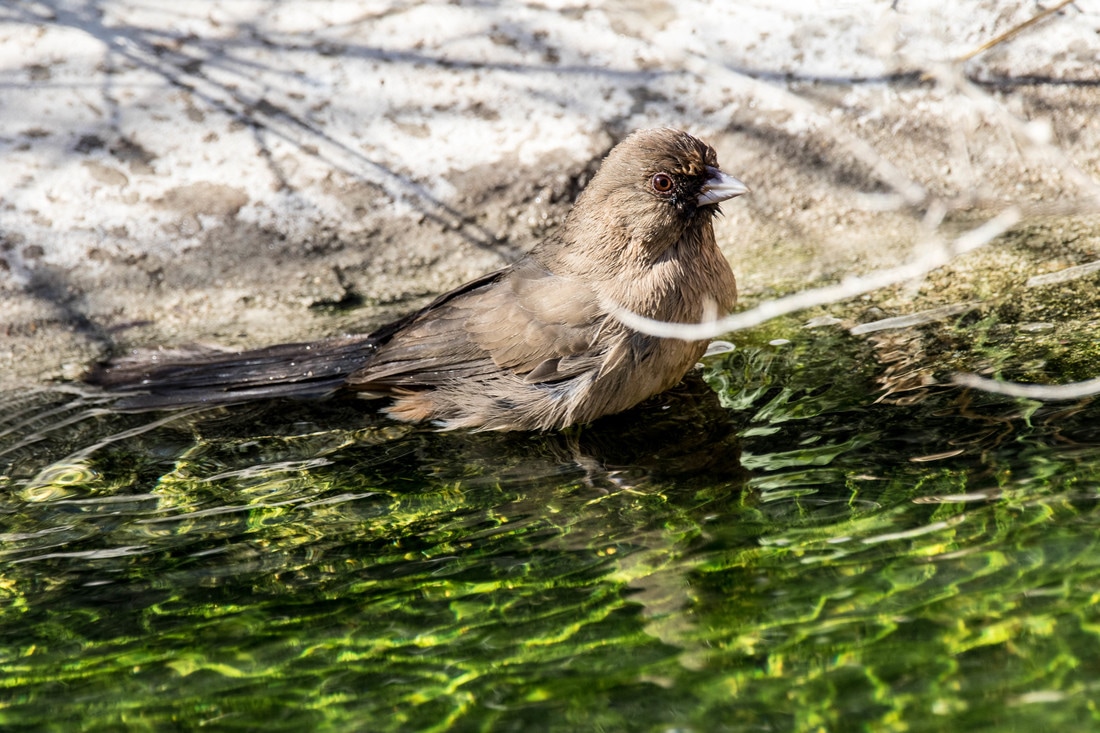
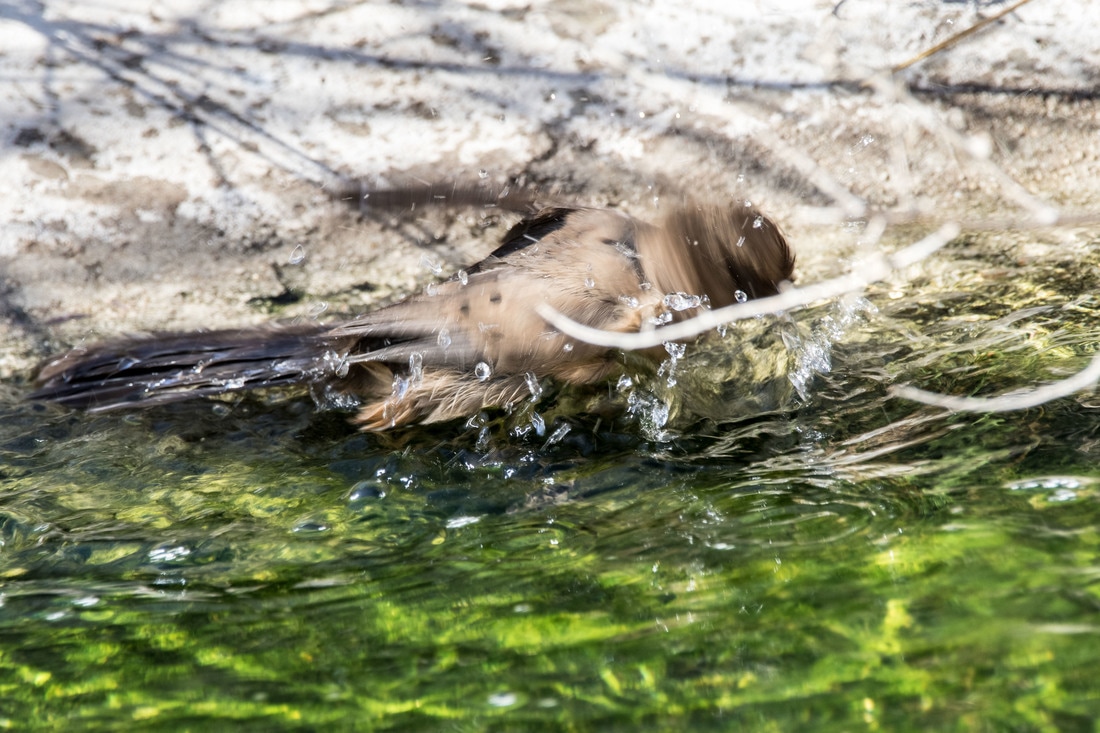

 RSS Feed
RSS Feed